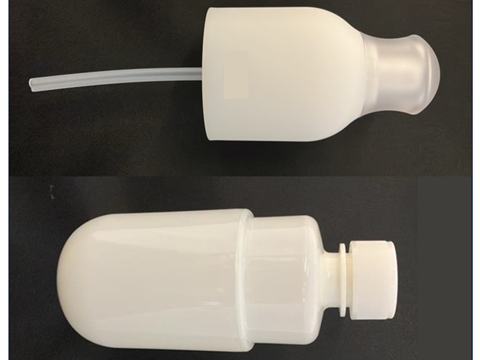
Shiseido is extending its use of LiquiForm blow moulding and filling technology to make a refillable pump dispenser pack for cosmetics – a move set to eliminate around 56% of plastic and lower CO2 emissions by around 48%.
Replacing compressed air with consumable, pressurized liquid, LiquiForm combines the bottle-forming and filling process into one step. This is thought to eliminate several steps in the manufacturing process, resulting in a cheaper, more efficient, and less wasteful process than traditional blow moulding and filling operations.
Apparently, Shiseido was the first manufacturer to apply LiquiForm to cosmetics packaging back in 2022. While it once sought to enclose a LiquiForm refill container in the outer container to create a two-body structure, this would have increased the size of the existing packaging.
In response, Shiseido used the soft plastic refill itself for the body of the container. It developed a shape that allowed the top of the container, which contains the pump, to be inserted into the refill; this required improvements in drop impact strength, light resistance, and product discharge from the pump, as well as a reduction in plastic volume.
Compared with the conventional container, the redesign is believed to cut down on plastic consumption by around 56% and on greenhouse gas emissions by approximately 48%. Third-party verification of greenhouse gas emissions from individual containers was reportedly conducted using the SuMPO EPD tool, complying with ISO 14025.
In order to achieve an ergonomic, functional bottle design, Shiseido compared the size of the container’s body to the size of human hands via human trials. 130 women from Japan and China, aged between 20 and 34 years old, were asked to use the product for four consecutive weeks and report their impressions of the packaging before and after use.
Among the participants, 88% thought the solution to be “environmentally friendly”, while 89% said the pack “aligns with the upcoming age”. 91% stated that the bottle feels “nice and comfortable to touch”, and 84% described it as “healing”.
Moving forward, Shiseido plans to pack other products in its LiquiForm-based packaging, extending its application to other brands like Prestige. It states its commitment to working with all its stakeholders to develop new cosmetics packaging and involve consumers in overcoming social and environmental roadblocks in the beauty industry.
Other sustainability-minded developments in the personal care space include the application of SUPA Innovations’ ‘plastic-free’ paper bottle to handwash products. The eco-mate bottle constitutes a recycled paper exterior and an internal coating made of sap derived from plant residue, with the product dispensed by a reusable metal hand pump.
Waitrose has also implemented a mono-material pump to its own-brand handwash range in pursuit of a fully home-recyclable pack. In doing so, it hopes to keep over 75,000 packaging components out of landfill every year.
In other news, Sidel debuted its StarLITE-R STILL bottle base earlier this year. Due to grooves and venting holes in the mould, the bottle’s production process is thought to use up to 20% less blowing pressure, thus saving 51 tonnes of CO2 equivalent and reducing energy consumption and production costs.
If you liked this story, you might also enjoy:
The ultimate guide to the Packaging and Packaging Waste Regulation in 2025
How are the top brands progressing on packaging sustainability?
Everything you need to know about global packaging sustainability regulation in 2025
The key to increasing the use of reusable packaging in supermarkets

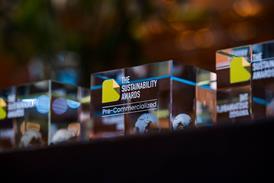
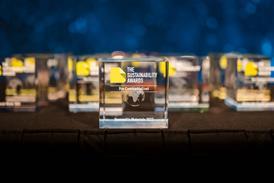
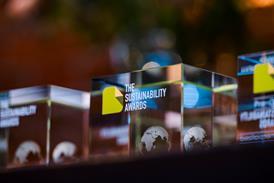
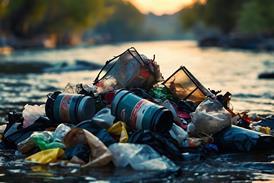
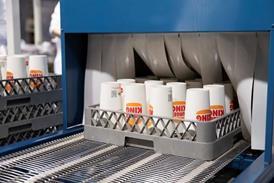






No comments yet